4900 potholes: Northern beaches part of bus trial to identify road repair hot spots
More than 4900 potholes have appeared on the northern beaches so far in 2022 as a new trial begins to identify local road repair hot spots.
Manly
Don't miss out on the headlines from Manly. Followed categories will be added to My News.
Intense rain episodes on the northern beaches have caused more than 4900 potholes on local roads since mid-January, the council has confirmed.
But the figure doesn’t include potholes on major routes managed by the NSW Government including Pittwater Rd and Wakehurst Parkway.
More than 4300 of those holes found on council-controlled streets have been repaired, figures released to the Manly Daily by Northern Beaches Council show.
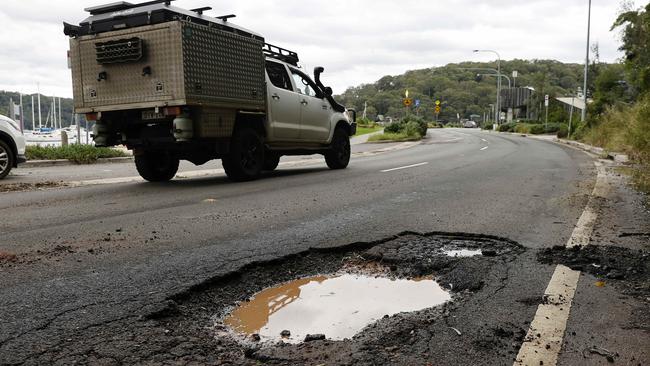
The repair blitz comes as public passenger buses on the northern beaches have been fitted with special sensors to identify — and map — potential future potholes along bus routes.
It’s part of a $2.9 million trial using the sensors to log any road defects, including those not reported by motorists, and load them into a database in near-real time so authorities can act quickly to fix potholes before they get too big.
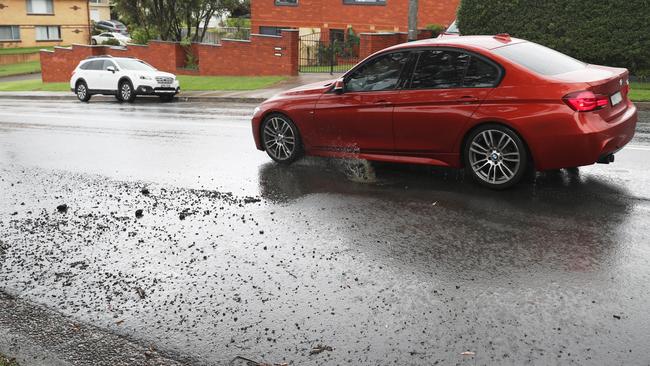

The results can be displayed as a heatmap which, when combined with local weather observations and traffic conditions, can predict the rate of road deterioration.
Transport for NSW maintenance officials then use the information to prioritise road repairs to help protect vehicles from pothole damage.
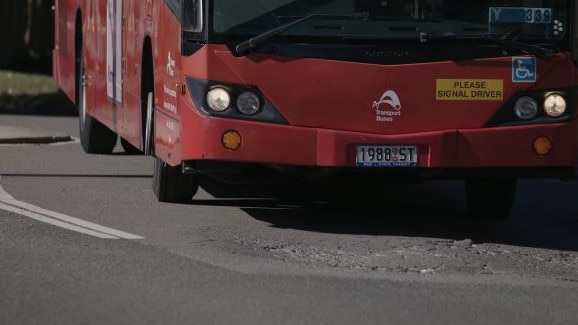

As well as the six buses on the northern beaches, operated by private-company Keolis-Downer on behalf of the NSW Government, the sensors are fitted to a total of 32 buses as part of the three-month trial that includes local government areas such as Georges River, Liverpool, Sutherland The Hills, Ryde and Willoughby.
Pothole detecting cameras have also been fitted to garbage trucks in the Canterbury-Bankstown area, but not on the northern beaches.
Metropolitan Roads Minister Natalie Ward said the “Asset AI” software helps local and state government get an overview of the condition of roads in near real time to help streamline maintenance.
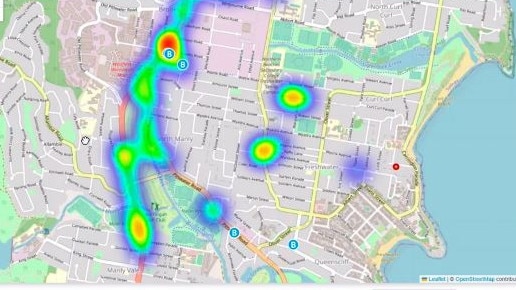
“It helps prioritise projects based on the impact to the community,” Ms Ward said.
“It uses resources already on the road, like garbage trucks and public transport buses, by fitting them with special cameras and sensors.
“As public transport buses run on council roads, they are prime examples of vehicles we can use to monitor road assets.”
The council is currently working to repair the remaining 531 potholes on its local roads. It has received 4,915 reports of potholes since January 17.
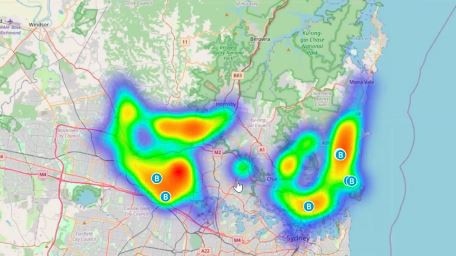
CEO Ray Brownlee said extreme weather events had caused the road damage.
“Our crews have worked very hard to repair potholes on local roads as quickly as possible and have almost completed the long list of reported issues,” Mr Brownlee said
“Many of the reports we get for pothole repairs are actually on state-managed roads. We encourage the community to report any potholes on the major arterial roads to NSW Transport and to continue to report those on local roads to Council.”
The public can report damage to local roads via the council’s Customer Service number 1300 434 434 or online here.
For potholes on state-owned roads, visit the Transport for NSW website.





